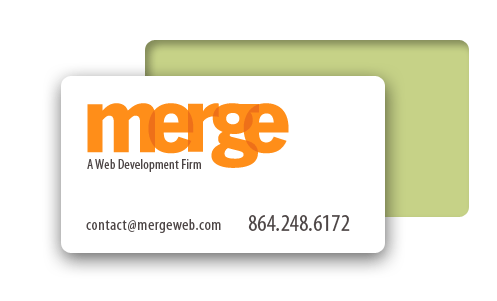My wife and I have 3.75 young children (at the time of this posting), so we seldom make it to the movie theaters. We occasionally have the opportunity to go about once per year. Since we go so infrequently, we’ve noticed “all of the sudden” that the theaters are now playing about 20-25 minutes of COMMERCIALS and then another 15 minutes of trailers. So, we not only paid the theater to sit and watch their commercials, but we’re also paying our babysitter for us to view their commercials as well!
With Tivo, 55″ Plasmas, Netflix and “Real” downloadable movies coming down the pike soon, I don’t think taking on 40 minutes of nonsense before a movie enhances the experience. It may enhance the bottom line-short term, but long term results will suffer.
Starbucks is dealing with declining traffic. They’ve banked on experience and built a brand that can charge a premium. It just so happens customers are saying they aren’t so sure about the experience any more and are interested in saving an extra $.50 per latte. It’s time for Starbucks to change it up (as I sip Starbucks coffee out of my Starbucks to-go mug).
The headline this morning is for Apple:
Apple May Need to Play Better With Others
To continue to thrive in both music and video downloads, Apple must improve how it deals with content makers—or risk being left behind.
Apple’s monopolistic behavior with the iTunes/iPod ecosystem isn’t so grand of an idea in today’s open source economy. The ultimate vote will be made by consumers (or content producers) fleeting feet.
What’s changing in your industry?
